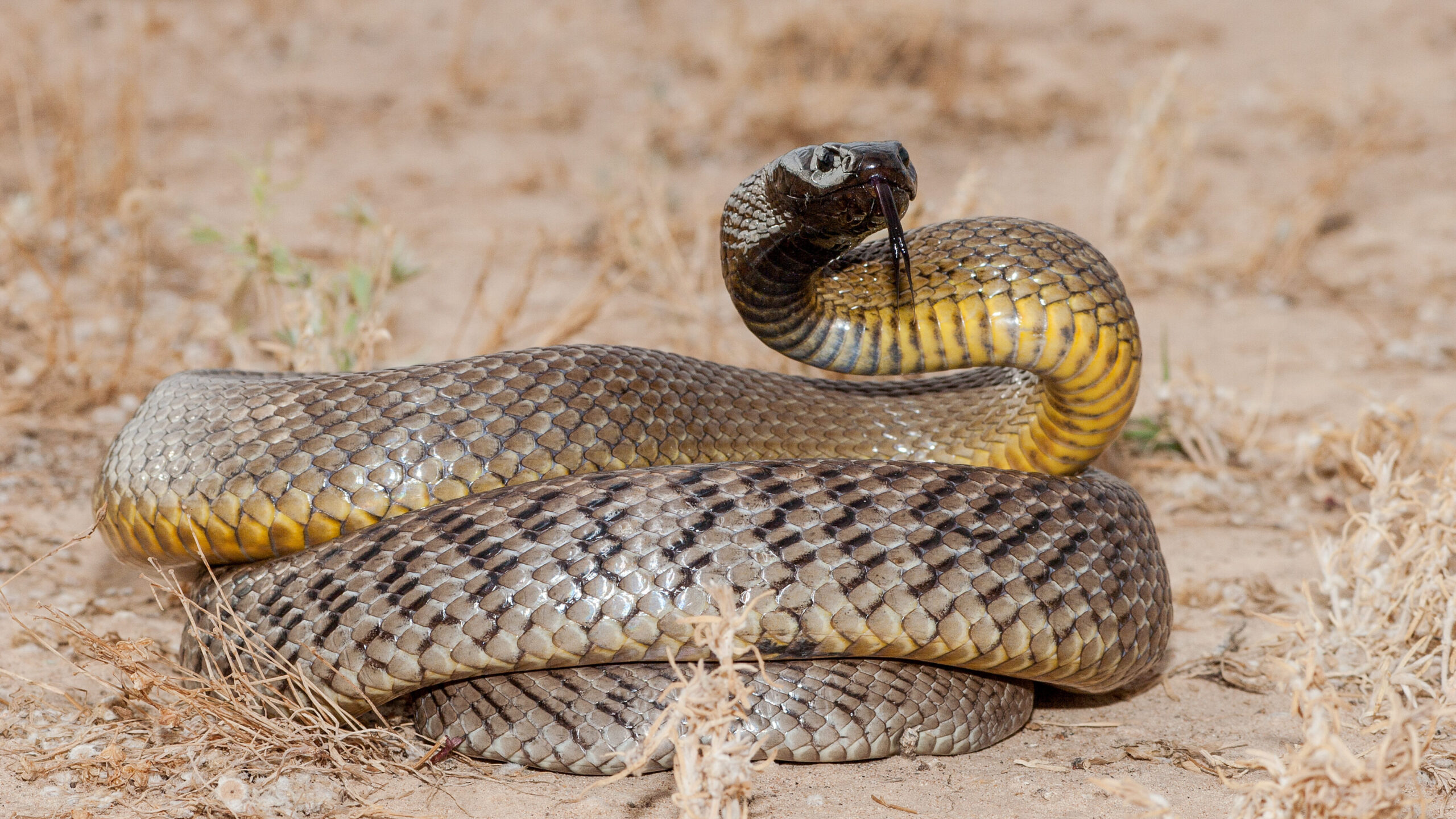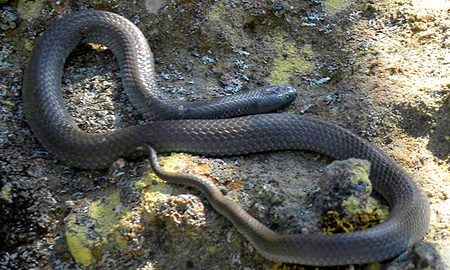Introduction
Tiger snakes (Notechis scutatus) are amongst one of the most interesting yet been afraid reptiles located in Australia. With their striking appearance and powerful poison, these snakes stimulate a blend of admiration and caution. Observing tiger serpents in their natural surroundings can be an electrifying experience for nature lovers, wildlife professional photographers, and scientists alike. Nonetheless, it's crucial to approach this endeavor with regard for the pet's habitat and an understanding of safety measures to avoid serpent bites.
In this comprehensive overview, First aid for snake bite we'll discover just how to safely observe tiger snakes in their natural environment. We will cover subjects ranging from recognizing their behavior and environments to emergency treatment for snake attacks-- equipping you with expertise to boost your experience while lessening threats.
What is a Tiger Snake?
Tiger serpents are highly venomous snakes native to Australia, especially Tasmania and coastal areas. They are recognized for their distinct banded coloration looking like a tiger's stripes, which can range from yellowish-brown to dark brown and even black.
Physical Characteristics
Tiger snakes are medium to large-sized serpents that can grow up to 2 meters long. Their bodies are durable, and they have a broad head that is definitely broader than their necks.
Habitat Preferences of Tiger Snakes
These reptiles commonly populate wetlands, estuaries, and coastal regions however can likewise be discovered near freshwater resources like rivers and lakes. Recognizing where these serpents live is critical for any person aiming to observe them safely.
Understanding Tiger Snake Behavior
Are Tiger Snakes Venomous?
Yes, tiger serpents are amongst one of the most venomous snake species globally. Their poison consists of neurotoxins that can result in significant clinical issues if bitten.
Behavioral Traits
Tiger snakes are normally reluctant animals; they favor to prevent human communication. Nonetheless, they can end up being aggressive if intimidated or caught.
Where Can You Locate Tiger Snakes?
Tiger Serpent Habitat Exploration
To safely observe tiger serpents in their all-natural habitat, it's crucial initially to recognize where they grow. They have a tendency to prefer:
- Coastal marshlands Mangroves Swamps Riverbanks
Best Places for Observation
Some advised areas include:
- Tasmanian wetlands The coastlines of southerly Australia National parks with water bodies
Safety Safety measures Before Observing Tiger Snakes
Get more informationUnderstanding the Dangers of a Tiger Snake Bite
Although encounters with tiger snakes can be awesome, being aware of the dangers involved is paramount:
Recognize signs and symptoms of a serpent bite: swelling at the website, pain emitting from the bite area. Know emergency situation calls: Acquaint on your own with neighborhood emergency situation services. Carry a first-aid package especially equipped for serpent bites.First Aid for Serpent Bites: What You Need to Know
Knowing what actions to take if bitten might conserve your life or someone else's:

- Stay calm; activity enhances venom spread. Call for medical help immediately. Do not apply ice or attempt suctioning.
How to Securely Observe Tiger Snakes in Their Natural Habitat
When you determine to observe tiger snakes in the wild:
Dress Appropriately: Wear lengthy pants and sturdy boots. Use Binoculars: Maintain a secure range while observing these reptiles. Avoid Abrupt Movements: Quick motions may surprise them. Stay on Established Trails: Avoid roaming into dense underbrush where presence is low. Conservation of Australian snakesEquipment Needed for Observation
Essential Equipment Checklist
- Binoculars First-aid set particularly developed for serpent bites Field guidebook on Australian reptiles Camera (with zoom capability)
Snake Bite First Aid Kit Essentials
A well-equipped first aid package need to include:|Item|Purpose|| -------------------------------|-------------------------------|| Compression plaster|To paralyze the afflicted location|| Antihistamines|For allergic reactions|| Emergency situation contact numbers|Quick accessibility during emergencies|
Interpreting Tiger Serpent Signals
Understanding exactly how tiger serpents connect with body language aids observers gauge when it's safe or hazardous:
Common Behaviors
Defensive posture: If curled or increased off the ground. Retreating actions: When they gradually back away from potential threats.Dealing With Possible Encounters
Even with precautions taken, an experience might still occur during your observation trip:
Remain calmness; panicking just heightens risks. Slowly back away without turning your back on the snake. Make your existence known vocally but avoid sudden movements.Frequently Asked Concerns About Tiger Snakes
1. What need to I do if I see a tiger snake?
Remain tranquility; observe from a distance without troubling it.

2. Are child tiger snakes dangerous?
Yes, juvenile tiger serpents are birthed venomous and may position risks similar to grownups despite being smaller.
3. How typical are tiger serpent bites?
While events happen each year in Australia, deaths are unusual because of timely treatment availability.
4. Can I maintain a tiger snake as a pet?
Keeping wild tiger snakes as family pets is prohibited in lots of areas due to conservation laws.
5. What does a tiger snake attack look like?
Bite marks generally reveal 2 puncture wounds along with localized swelling and discoloration.

6. How efficient is antivenom?
Antivenom therapy is very reliable when administered prompt after a bite.
Conclusion
Observing tiger serpents in their natural habitat uses an exciting opportunity for wild animals enthusiasts however have to be come close to with care and regard for both the creature and its setting. By equipping on your own with understanding regarding these fascinating reptiles-- consisting of recognizing their behaviors and safety measures-- you can appreciate unforgettable experiences while significantly decreasing threats connected with encounters.
In recap, constantly focus on safety by preparing appropriately before embarking on any wildlife observation exploration-- particularly when dealing with some of nature's most poisonous animals like the tiger snake!